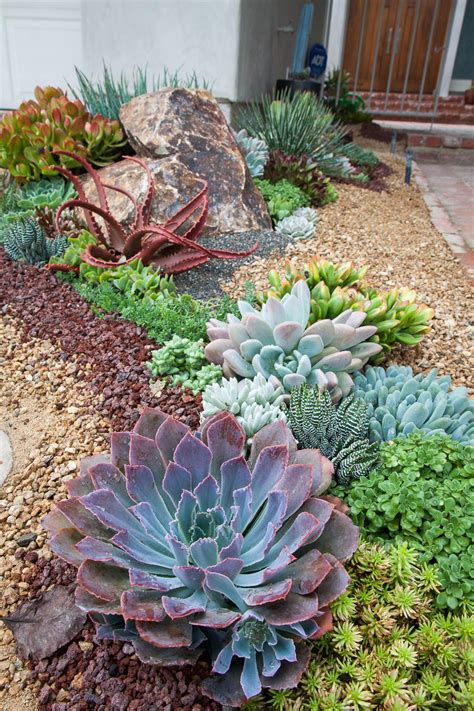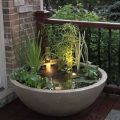Maximizing Your Balcony Garden with Drought-Resistant Succulents
In recent years, succulents have become a go-to option for balcony gardeners. Their low maintenance nature and aesthetic appeal make them ideal for urban spaces with limited room for planting. This article will explore the benefits of using succulents in balcony gardens, address practical tips for design, and discuss the history, current trends, and future implications of incorporating these drought-resistant plants into your outdoor spaces.
Key Concepts
- Succulents: Plants that store water in their leaves, stems, or roots, allowing them to thrive in dry conditions.
- Balcony Garden: A small outdoor space used for growing plants, typically in urban or high-density living areas.
- Low Maintenance Plants: Species that require minimal care, making them ideal for busy or beginner gardeners.
- Drought-Resistant: Plants capable of surviving with little water, crucial for environments with fluctuating rainfall.
Historical Context
Succulents have been cultivated for centuries, prized by ancient civilizations for their resilience. The use of these plants in gardens traces back to desert regions, where water was a precious commodity. As global awareness of water conservation grew, succulents became a symbol of sustainability in home gardening.
Current State Analysis
The trend of using succulents in balcony gardens continues to grow. Urban dwellers, especially in cities with space constraints, are turning to these easy-care plants to bring greenery into their lives. The current market offers an overwhelming variety of succulents, including popular species like Aloe vera, Echeveria, and Crassula.
| Popular Succulents | Key Features |
|---|---|
| Aloe vera | Healing properties, requires indirect sunlight |
| Echeveria | Compact and colorful, perfect for small pots |
| Crassula (Jade Plant) | Symbol of good luck, thrives with minimal water |
Practical Applications
To create a thriving succulent garden on your balcony, follow these tips:
- Select the Right Containers: Use pots with drainage holes to prevent root rot.
- Location: Position succulents in areas with plenty of sunlight but avoid direct midday exposure, which can scorch the plants.
- Watering Schedule: Water sparingly—succulents prefer dry conditions, so allow soil to dry completely between waterings.
- Soil Mix: Use cactus or succulent potting mix for proper drainage.
- Arrangement: Group plants with similar water needs to simplify maintenance.
Case Studies
Case Study 1: The Urban Balcony in Los Angeles
An apartment dweller in downtown LA turned a small balcony into an oasis of succulents using vertical shelving and wall-mounted planters. With limited floor space, this gardener maximized sunlight exposure and airflow for each plant, creating a layered display of different succulent varieties.
Case Study 2: The Compact Balcony in Tokyo
In a Tokyo high-rise, a resident used low-growing succulents in shallow pots to bring greenery to a small, enclosed balcony. By integrating drought-tolerant species like Haworthia and Graptopetalum, they created a low-maintenance garden that thrived despite the limited space.
Stakeholder Analysis
Urban gardeners, landscape architects, and horticulturists all play a role in the rise of succulents in small spaces. Gardeners benefit from easy-care plants that fit their schedules, while landscape designers use succulents to create visually appealing, sustainable designs.
Implementation Guidelines
- Start with hardy succulents like Sempervivum for beginners.
- Incorporate drainage-friendly pots and avoid standing water at all costs.
- Plan the arrangement to ensure plants receive optimal light exposure.
Ethical Considerations
Though succulents are drought-resistant, over-harvesting for commercial purposes can impact native environments. Gardeners should ensure that plants are sourced sustainably from reputable nurseries.
Limitations and Future Research
Despite their resilience, succulents are not completely maintenance-free. Overwatering and poor light can still cause plant failure. Future research might focus on hybrid species designed to thrive in even more extreme conditions or integrating succulent gardens with smart watering technologies for enhanced efficiency.
Expert Commentary
Experts agree that succulents are an ideal choice for modern balcony gardens due to their resilience and aesthetic versatility. With proper care, these plants can thrive in even the most compact urban spaces. However, the importance of ethical sourcing and awareness of each species’ unique requirements cannot be overstated.


